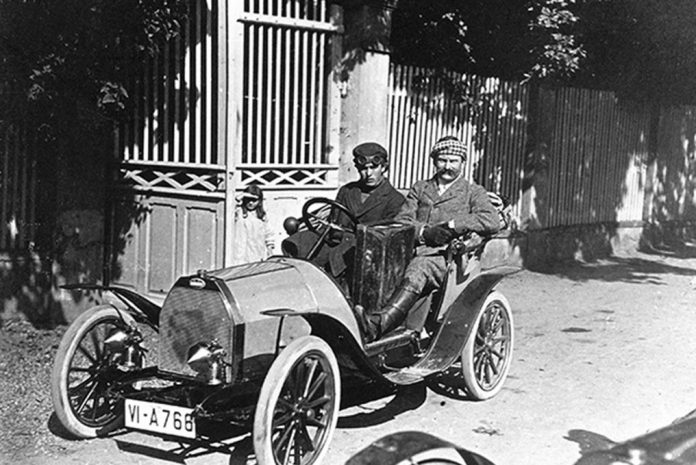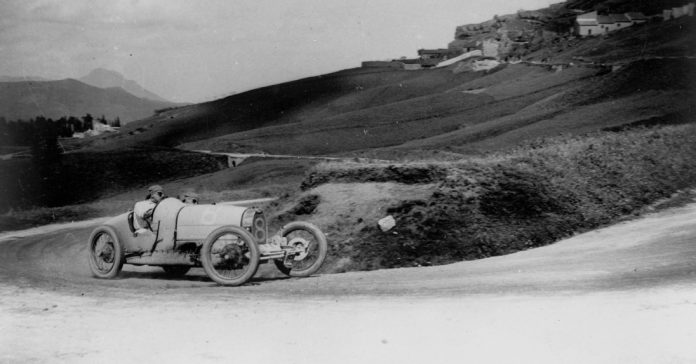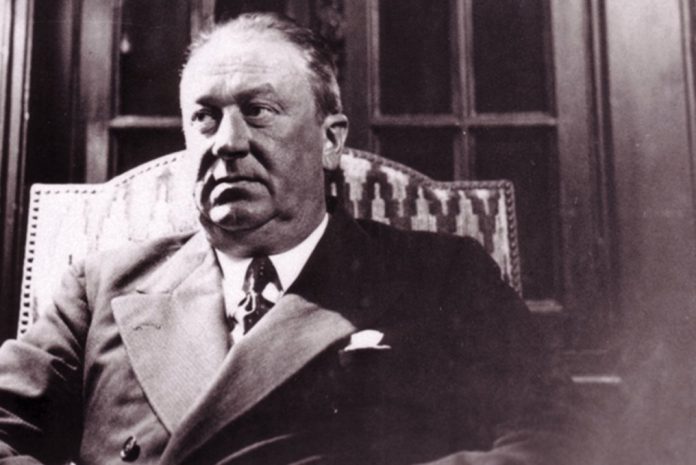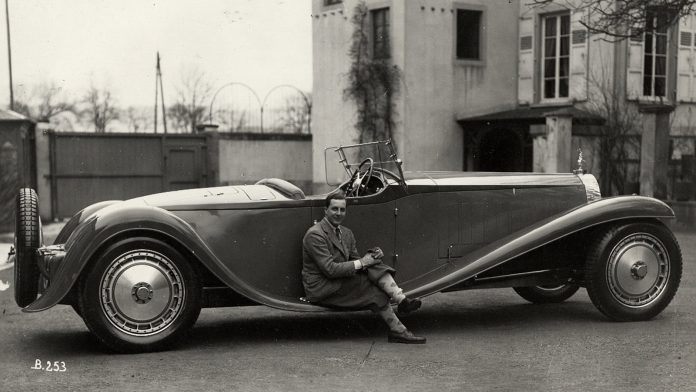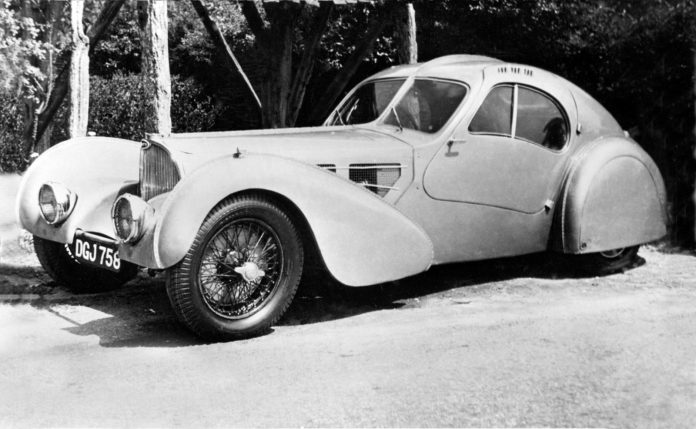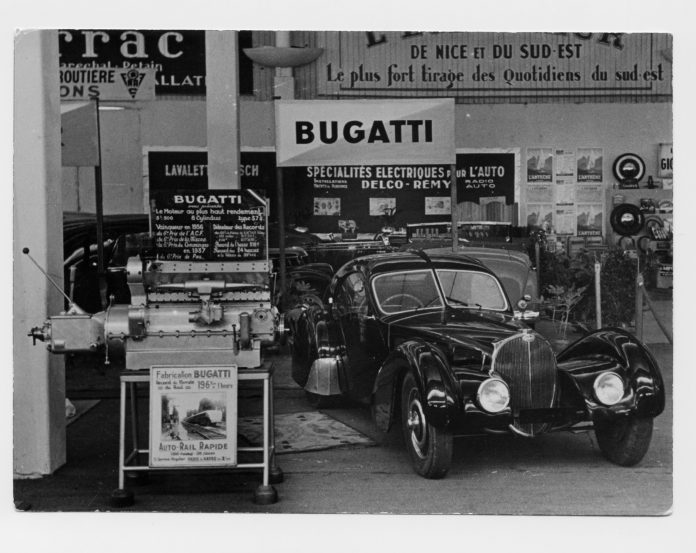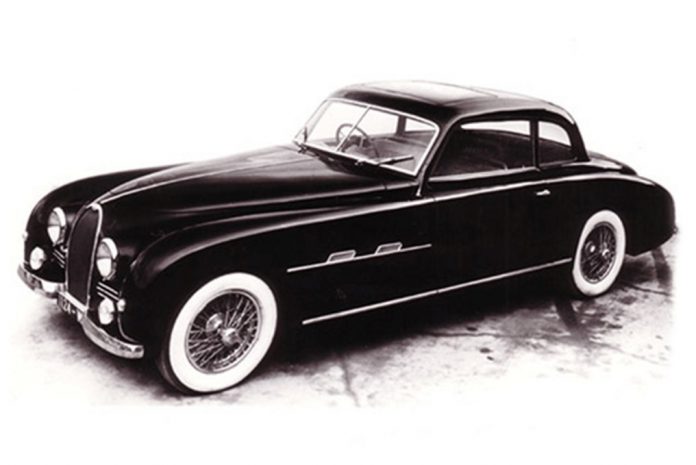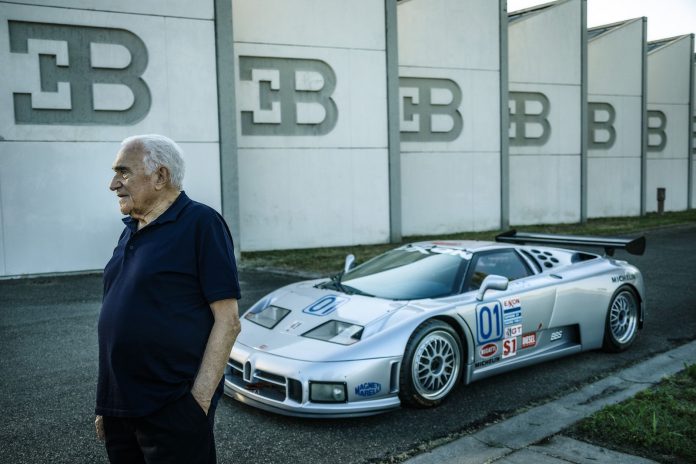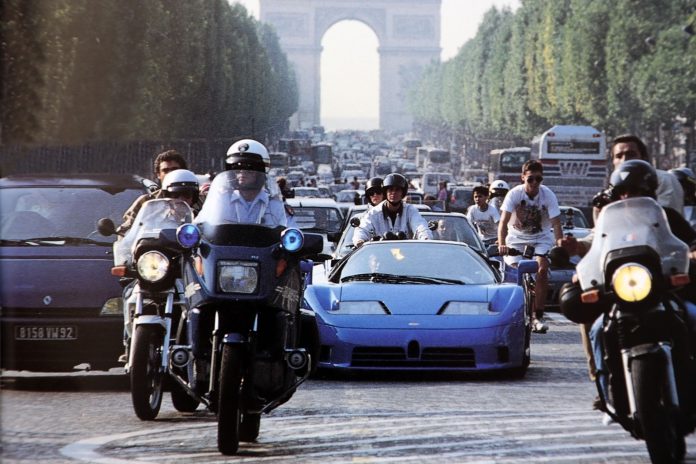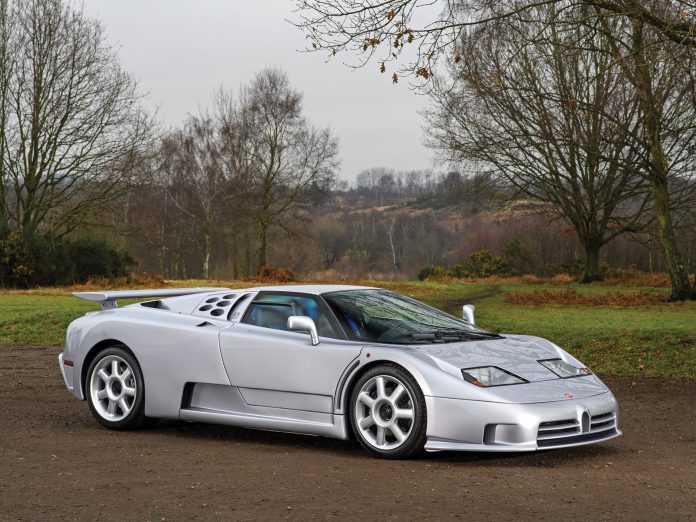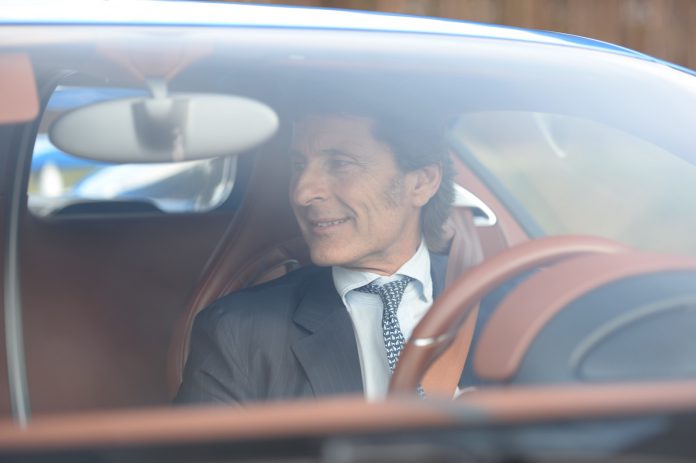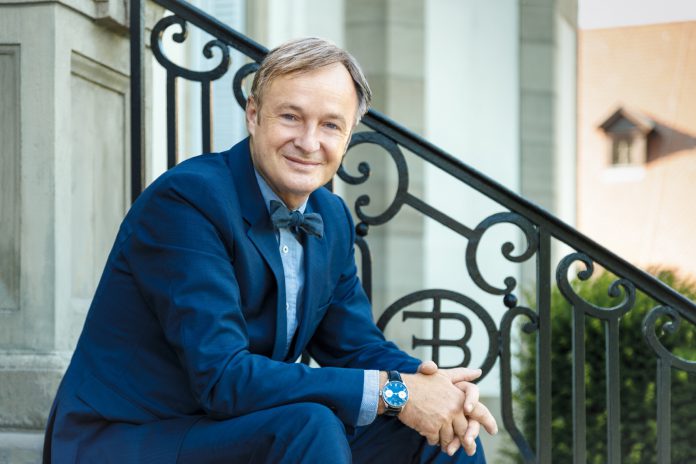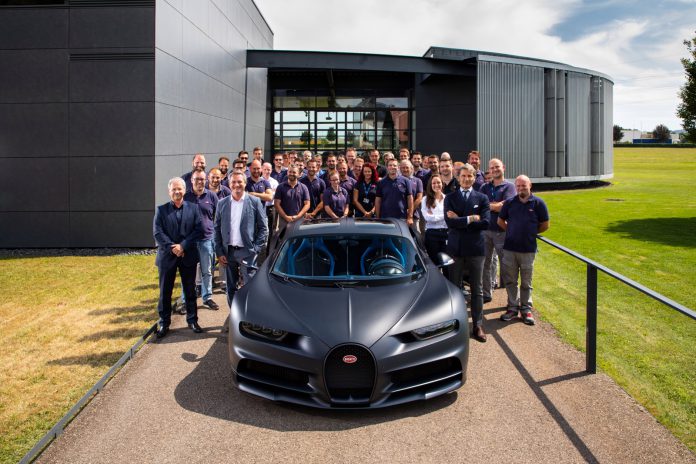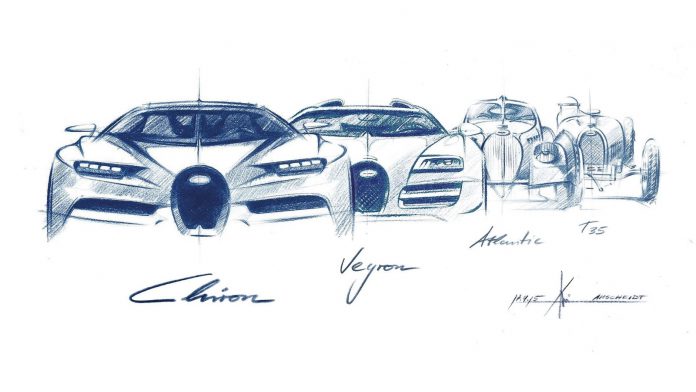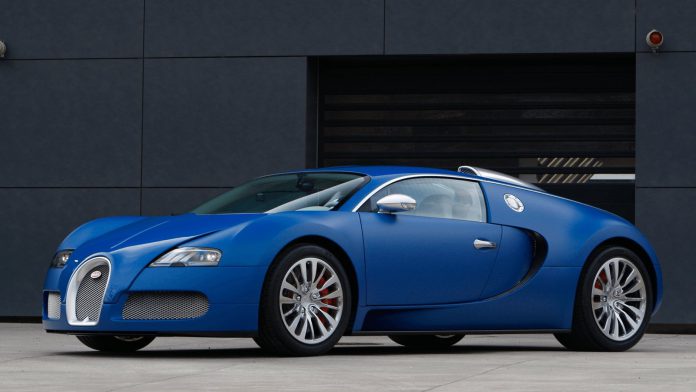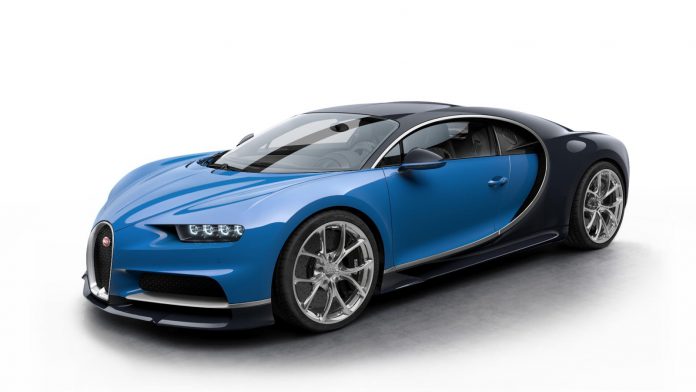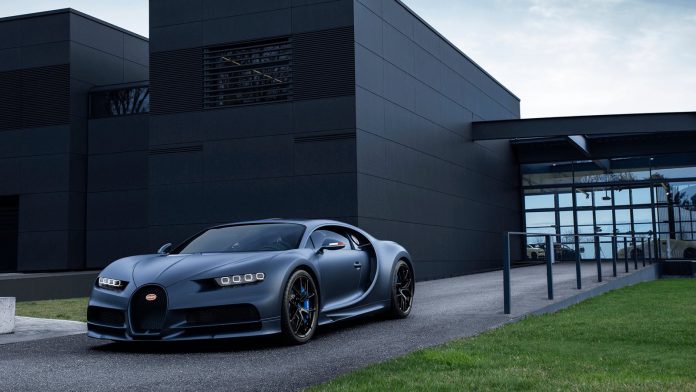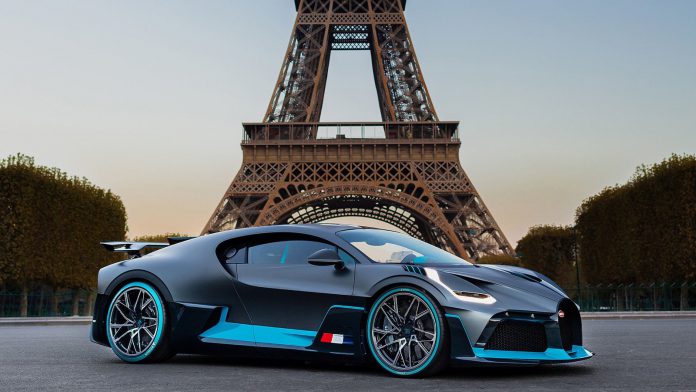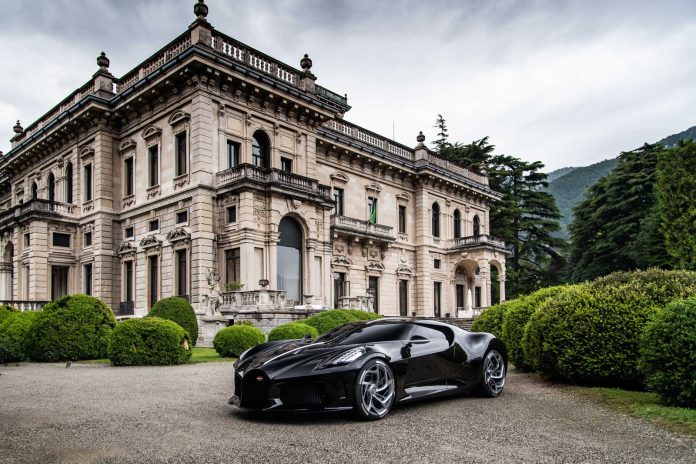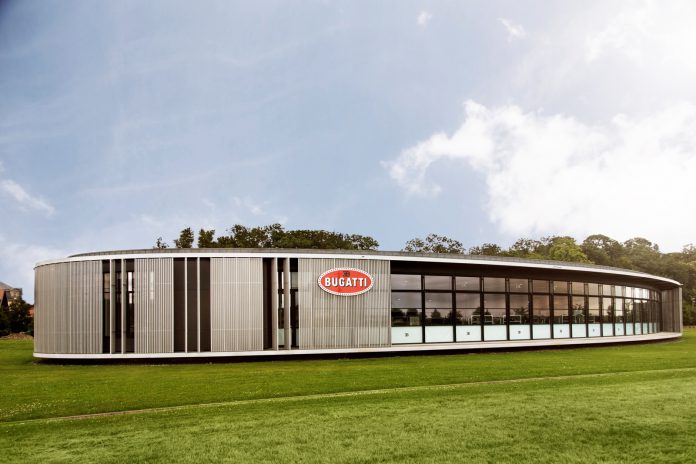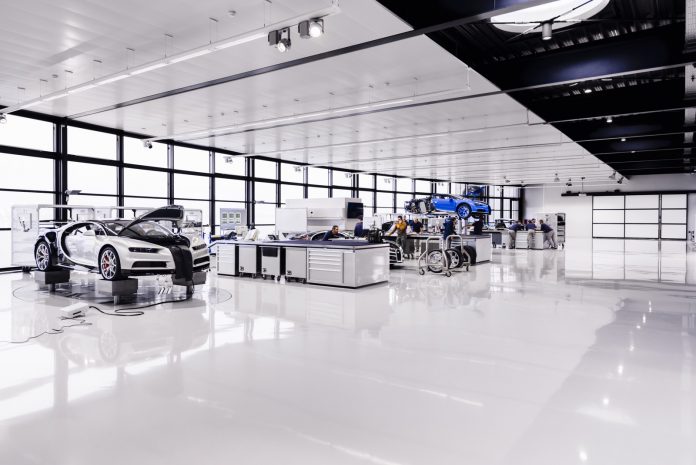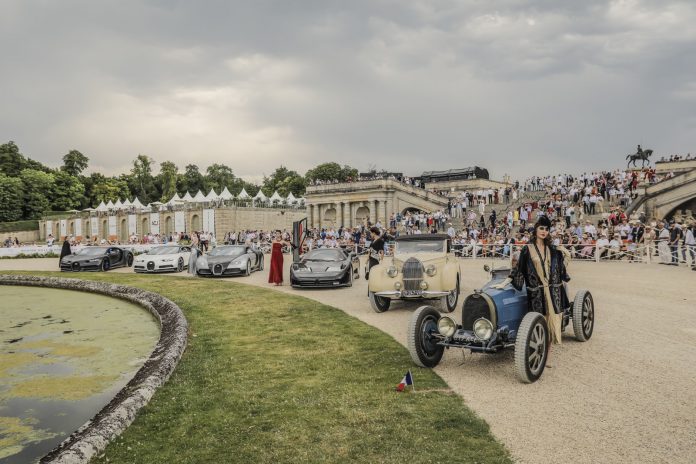Bugatti celebrates it’s 110th anniversary this year and to honor this occasion we take a look at Bugatti’s recent and not so recent past and talk to two key individuals that shape modern-day Bugatti.
One could say that Bugatti has a very vibrant history. It was Founded in Molsheim by the Italian-born Ettore Bugatti in 1909. Ettore’s first racing and road car was the Bugatti Type 13 launched in 1910. But back then Molsheim was part of Germany and the the family fled at the start of the first world war. After the Great war the Alsace was returned to France as part of the Versailles Treaty in 1919 and the Bugatti family returned to Molsheim. The real breakthrough came in the early 1920s with the launch of the Bugatti Type 35. Built from 1924 until 1930 it won more than 1,000 races including the Targa Florio and the Monaco Grand Prix. A decade later it was the the Bugatti Type 57SC Atlantic that stood out on the road with its combination of power, sportiness, luxury and elegance. The 57SC Atlantic inspires Bugatti design and engineering until today.
Bugatti Type 13
Bugatti Type 35 at the Targa Florio 1925
Ettore Bugatti
Jean Bugatti
Bugatti Type 57SC Atlantic
Bugatti Type 57SC Atlantic Le Voiture Noire
Bugatti Type 101
Following great racing successes before the second world war the Bugatti family suffered tragedy with the death of Jean Bugatti. Not only did they lose their eldest son in the accident during a test drive but it also left the company without a successor. The second world war left the factory in Molsheim in ruins and after Ettore passed away in 1947 this led to desperate financial struggles. After releasing one final road-going model called the Type 101 in 1951, Bugatti’s car production seized and the airplane division was ultimately sold in 1963 meaning the end of the first Bugatti era.
In 1987 Italian entrepreneur Romano Artioli bought the Bugatti trademark and built a new factory in Campogalliano just outside Modena, Italy. The Italian revival nearly three decades later saw the release of the EB 110 supercar from 1991 until 1995. The EB 110 name referred to the 110th anniversary of Ettore Bugatti. Following the initial EB 110 GT a lighter and more powerful variant was launched in 1992 called the EB 110 Super Sport. It is the first Bugatti to feature all-wheel drive and a lightweight carbon chassis among other carbon fibre parts and claimed a top speed record of 351 km/h. Two EB 110 Super Sports were used by private teams for racing; most notably during the 24 hours of Le Mans in 1994. Sadly one year later the company went bankrupt.
Romano Artioli at the factory in Campogalliano
Bugatti EB 110 GT
Bugatti EB 110 Super Sport
This short second era ultimately led to Volkswagen ownership in 1998 and the start of the third era. 8,000 Bugattis were build between 1909 and 1956 during the first era in comparison to only 139 EB 110s during the second era from 1991 until 1995 and 450 Veyrons and 200 Chirons so far during 21 years of Volkswagen ownership.
During this 110th anniversary year of Bugatti we reflect on the recent history of the brand with two key people; chief designer Achim Anscheidt and CEO Stephan Winkelmann. Anscheidt has been with Bugatti for more than a decade and is responsible for some of the later variants of the Veyron as well as all more recent Bugatti models including the Chiron, the Divo and Le Voiture Noire. Winkelmann joined Bugatti from Audi Sport in January 2018. Before his interim period at Audi Sport he was CEO of Lamborghini for 11 years.
Stephan Winkelmann
Achim Anscheidt
200th Bugatti Chiron leaves the factory
Bugatti has a production cycle unlike many other super- and hypercar manufacturers. Where Ferrari or McLaren sell and produce their limited edition hypercars in sometimes less than 18 months Bugatti produced 450 Veyrons over 10 years. The Chiron was originally planned to be produced for eight years as well although with the 200th having just left the factory after 2.5 years this is likely to be reduced to 6.5 years.
For designer Achim Anscheidt the longer production runtime obviously provides additional challenges as the car not only has to reflect the taste of the moment but also appeal to customers eight years later and beyond. Careful consideration and a long-term design philosophy is a very timeless design with a clean and elegant interior as well as exterior.
Bugatti Design
To understand the impact of this design philosophy you only have to take a look at the Veyron to see the impact it has on the car’s appearance further down the line. Only a very small low resolution digital display gives away that the Veyron was designed at the end of the last century. Inside the Veyron certainly does not look like a car that is approaching its 20th design anniversary.
Things are changing at Bugatti though. During the Veyron-era the future of Bugatti was long uncertain with the decision to built the Chiron postponed more than once. Since Winkelmann took over at the helm of Bugatti we saw the introduction of the limited edition 5 million euro Bugatti Divo, a more sporty version of the Chiron called the Chiron Sport and the one-off Le Voiture Noire. Achim Anscheidt smiles and says it is good to have a dedicated CEO at Bugatti. In the past the Bugatti CEO was also CEO of Bentley and this was certainly a compromise.
Bugatti Veyron
Bugatti Chiron
Bugatti Chiron Sport
Bugatti Divo
Bugatti Le Voiture Noire
Bugatti has a great level of autonomy when it comes to creating Chiron-based special editions and reviving our long coach build tradition as we did with Le Voiture Noire. “For key decisions that require significant investment like adding a second model we still have to get the green light from Volkswagen in Wolfsburg” Winkelmann adds.
Asked about his objectives for Bugatti Winkelmann is clear: “It is key to maintain exclusivity but also create more momentum by creating and showcasing more models that appeal to clients and fans around the world.” For Winkelmann two events clearly stand out as the place to put Bugatti in the spotlight: The geneva motor show in March and Monterey Car Week in August. “The high concentration of clients as well as global exposure provide the ideal setting to launch a new hypercar.”
Another thing high on Winkelmann’s agenda is affirming Bugatti as a French brand and forging even closer ties with the region around Molsheim and France in general. Already a majority of the production staff is French and part of marketing and communications previously based in Wolfsburg have moved to Molsheim too.
Bugatti factory in Molsheim, France
Inside the Bugatti Atelier
New meets Old
Motorsport plays a key role in the early history of Bugatti so can we expect a return from Bugatti to the world of motorsport? Anscheidt answers that the Chiron is not the right car for motorsport but that it would be a dream to see Bugatti return to motorsport some day. We can only say that hopefully the new WEC ‘Hyper Sport’ class enables Bugatti to return to Le Mans rather sooner than later.
A return to motorsport or not, it is clear that with a restructuring at the top of Bugatti and a dedicated new CEO a lot is changing at the prestigious French brand. The 110th anniversary marks the start of yet another era for Bugatti. The next step will be shown at Pebble Beach in August and we can’t wait to see the next era unfold.

